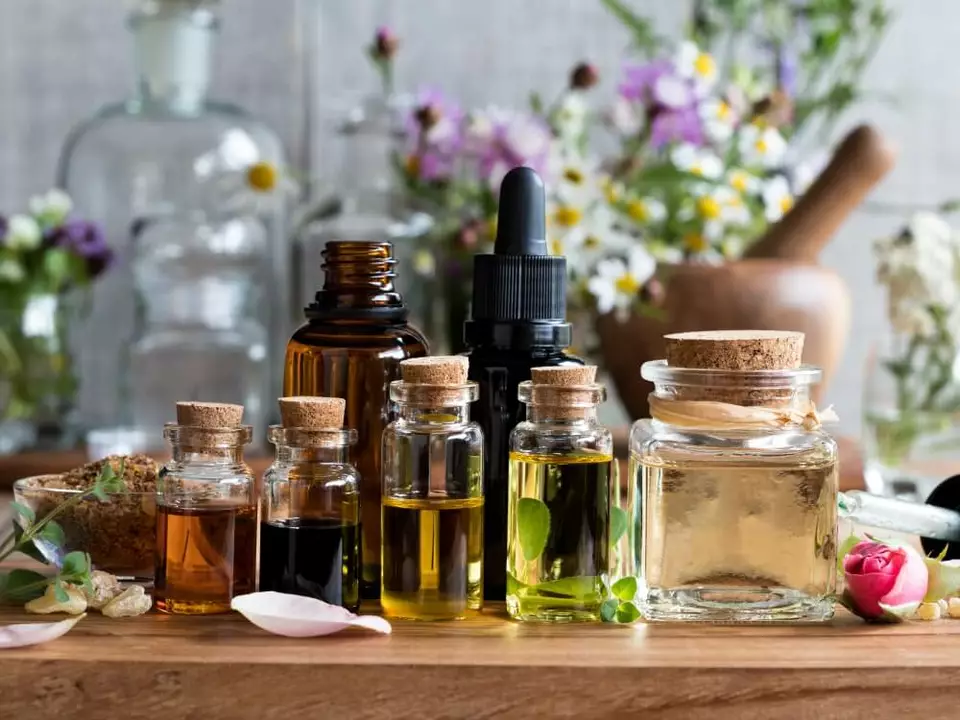Essential Oils: Your Practical Guide to Benefits and Safe Use
If you’ve heard the buzz about lavender, peppermint, or eucalyptus, you’re not alone. Essential oils are plant‑derived liquids that capture scent and therapeutic properties. People use them at home, in workouts, or even at work to boost mood, ease tension, and support basic health goals.
What Are Essential Oils?
Every essential oil comes from a specific part of a plant—leaves, flowers, bark, or roots. A steam‑distillation or cold‑press process pulls out the volatile compounds that give each oil its unique aroma and effect. For example, lemon oil is packed with citrus terpenes that can lift energy, while tea tree oil contains antimicrobial agents useful for skin care.
Because they’re highly concentrated, a little goes a long way. A single drop can change the scent of an entire room or blend perfectly with carrier oils like coconut or jojoba when you apply it to your skin. This concentration is also why you need to follow safety steps before use.
How to Use Essential Oils Safely
First, never drink essential oils unless a qualified professional tells you it’s safe. Most people stick to inhalation, topical application, or diffusion. For inhaling, add a few drops to a bowl of hot water and breathe the steam, or use a personal inhaler.
If you’re putting oil on skin, always dilute it with a carrier oil—typically 2–3 drops per teaspoon of carrier for adults. Test a small patch first; if redness or itching appears, wash it off and choose a different oil or lower the concentration.
Pregnant people, kids, and pets need extra caution. Oils like rosemary or clary sage can be too stimulating for a pregnant belly, while cats are sensitive to many plant compounds. Look up reputable sources that list safe ages and conditions before you start.
Storage matters too. Keep bottles in dark glass containers away from sunlight and heat. This protects the oil’s chemistry and prolongs shelf life—most oils stay fresh for about a year if stored right.
Now, let’s talk real‑world uses. A few drops of peppermint oil in a diffuser can sharpen focus during work or study sessions. Adding lavender to your pillowcase may help you fall asleep faster. Mixing tea tree oil with aloe gel creates an easy after‑sun burn soothing balm.
If you’re new, start with versatile oils like lavender, citrus (orange or lemon), and eucalyptus. They cover a range of moods—relaxation, energy boost, clear breathing—and are generally well tolerated. Build your collection slowly and keep notes on how each oil feels for you.
Remember, essential oils complement—not replace—medical care. If you have chronic conditions or take medication, talk to a healthcare professional before making them part of your routine.
With these basics in place, you can explore recipes, blends, and daily rituals that fit your lifestyle. Essential oils are simple tools that, when used responsibly, add scent, comfort, and a touch of nature to everyday life.

The role of essential oils in managing dizziness caused by motion sickness
Finnegan O'Sullivan Jun 12 5Recently, I came across an interesting topic that I just had to share with you all - the role of essential oils in managing dizziness caused by motion sickness. It turns out that certain essential oils, such as ginger, peppermint, and lavender, can be quite effective in helping to alleviate the symptoms of motion sickness. These oils can either be inhaled directly or applied topically, providing a natural and holistic solution for those who suffer from this common ailment. Not only do these essential oils help with dizziness, but they can also reduce nausea and promote relaxation during travel. So, next time you're planning a trip, consider trying out essential oils as a natural remedy for motion sickness!
More Detail